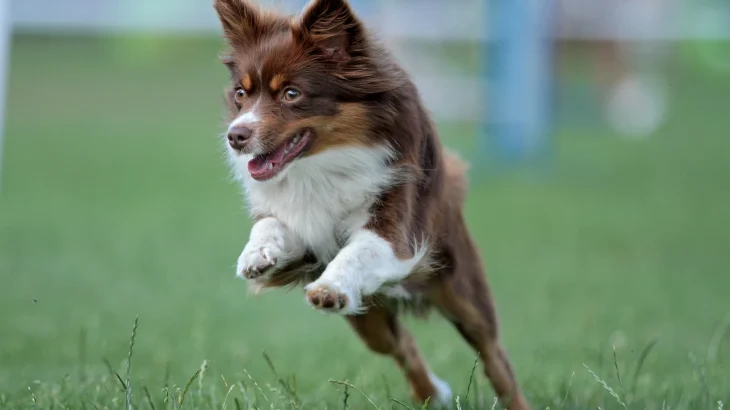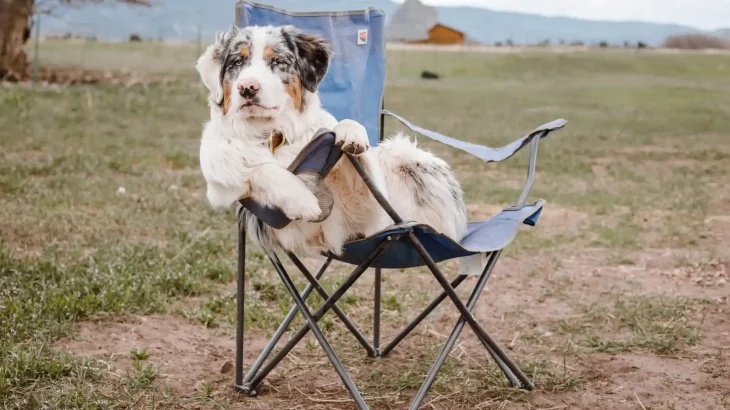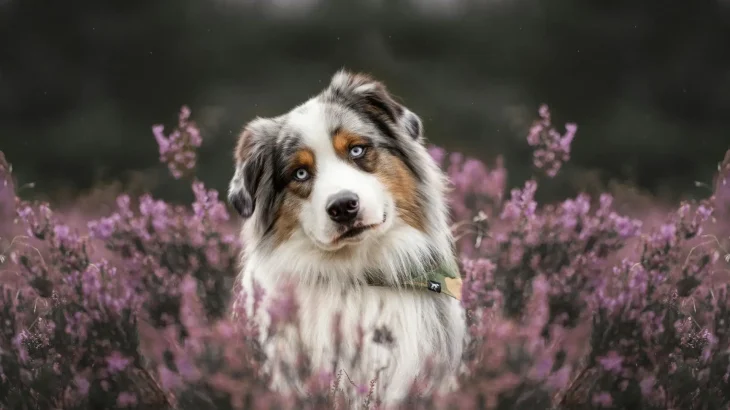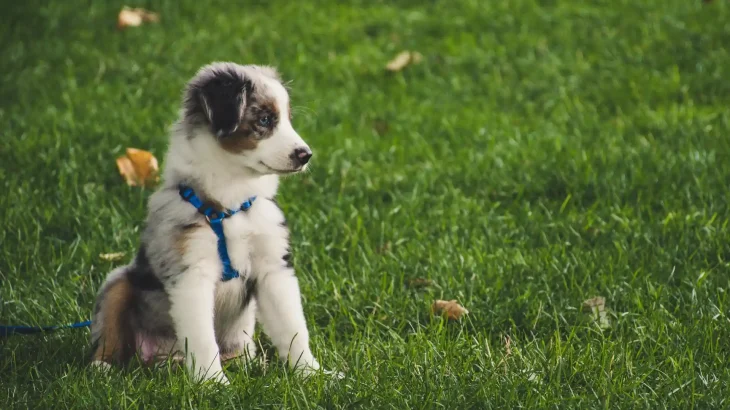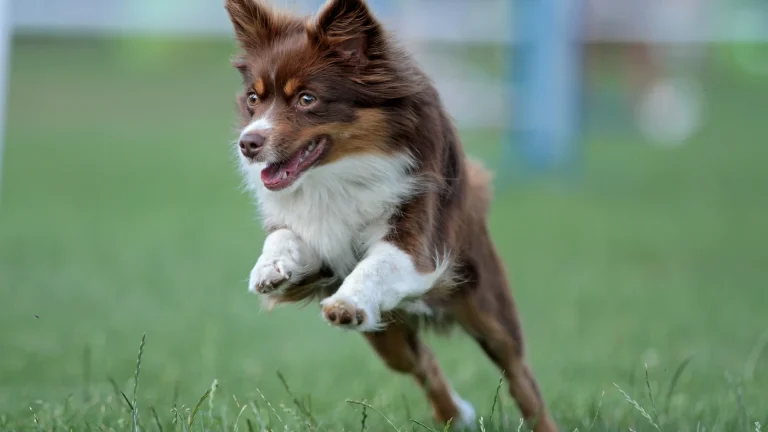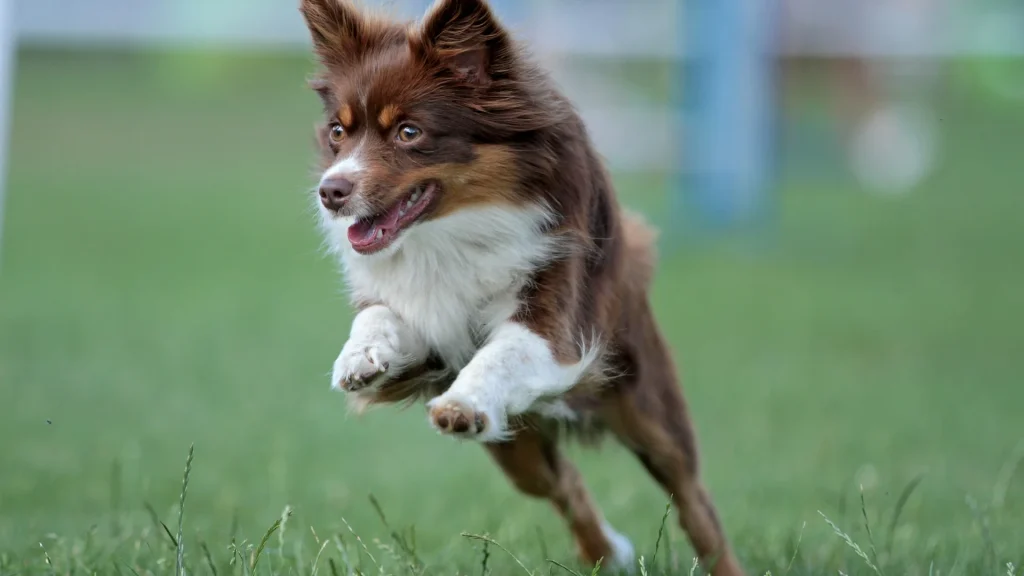When deciding to welcome a Miniature Australian Shepherd puppy into your family, the choice often comes down to adopting from a shelter or purchasing from a breeder. Each option has its unique benefits and potential challenges, especially regarding health transparency and ethical considerations. Understanding these differences can help you make an informed decision that matches your priorities and values.
Here's a quick comparison of adopting vs. buying from a breeder:
| Criteria | Buying from Breeder | Adopting from Shelter/Rescue |
|---|---|---|
| Cost | Higher upfront costs reflecting breed purity and breeder care. | Lower fees, more budget-friendly. |
| Health History | Often includes comprehensive screenings and genetic tests. | Records may be incomplete; animals usually vet-checked and vaccinated. |
| Age Availability | Mostly young puppies, allowing early bonding and training. | Range of ages, including adults and seniors. |
| Temperament Insight | Breeders provide info on lineage temperament and traits. | Staff or foster volunteers offer observations based on behavior. |
| Supporting Practices | Supports responsible breeding when choosing ethical breeders. | Helps reduce homeless pet populations and supports animal welfare. |
| Ethical Considerations | Risk of supporting unethical breeders if not careful; choose responsibly. | Adoption combats pet overpopulation and gives dogs a second chance. |

